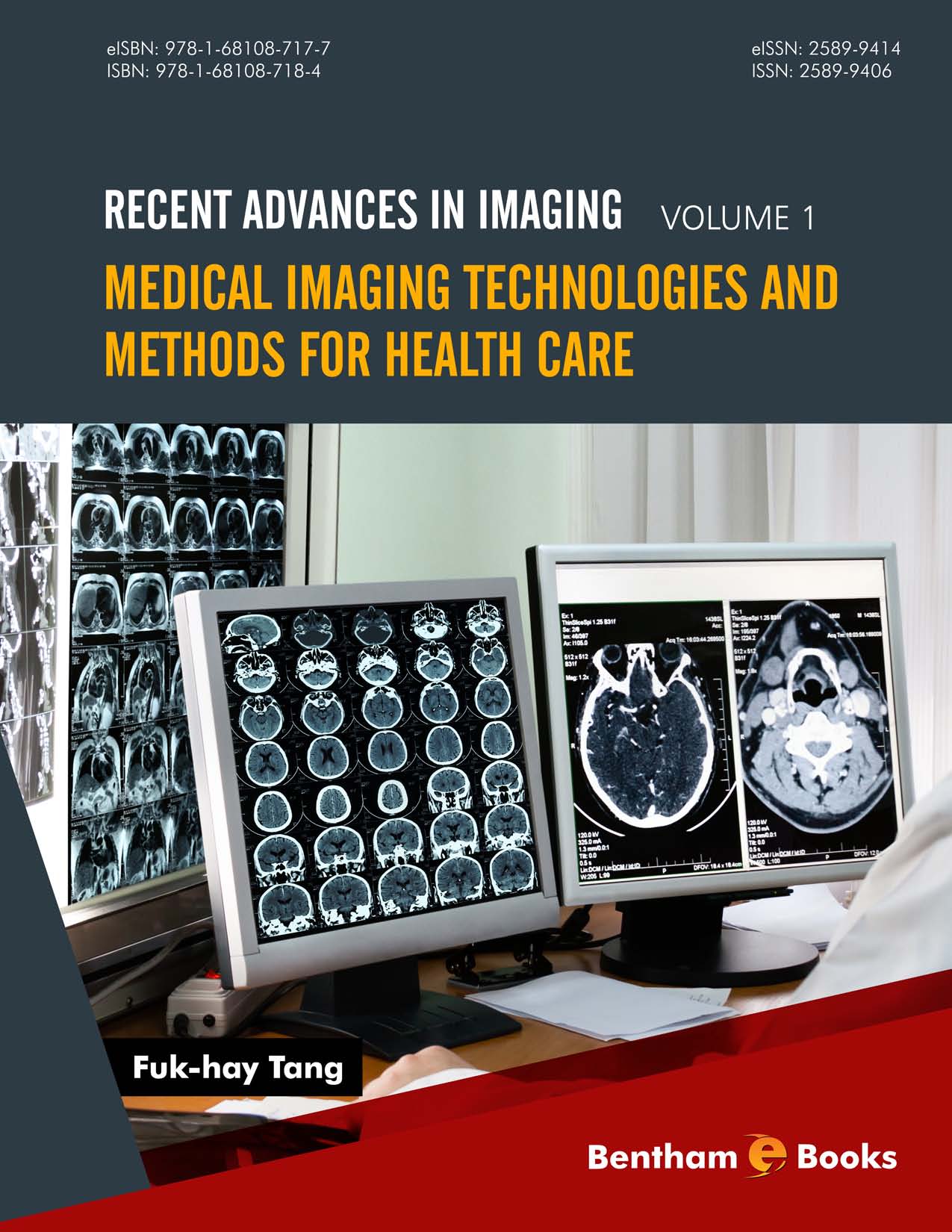The fast-moving advancement in medical imaging technology has revolutionized health care science. When information technology integrates with imaging technology, it is taking health care to new horizons. On the other hand, there is an increase in the number of health care workers to meet the need of growing population and requirement of quality health services. This accelerates the demand for applied and basic research on top of professional practices.
The potential and promising ideas in imaging technology are knowledge discovery and data mining in large image database, use of smart mobile devices in facilitating handy health care services, applications of biomechanical engineering methods and analytic methods for medical imaging. These thoughts are realized in the content of this book where it is divided into two parts. Part I deals with image management and knowledge discovery. It starts with an overview of recent advancement in Picture Archiving and Communication Systems. Then, the emerging mobile and cloud technology are discussed in Chapter 2. In Chapter 3, the applications of data mining and big data are explored.
In Part II, the medical imaging methods are extended for better health and disease detection. In Chapter 4, it high-lights the computer-aided method, while the recent study on the finite element analysis for breast image registration is elaborated in Chapter 5. Chapter 6 is a comprehensive risk analysis of Alzheimer diseases using image analysis while Chapter 7 examines bone mineral density evaluation methods by imaging. Lastly, Chapter 8 introduces how artificial neural networks work on skin lesions detection.
To meet the striking needs of this emerging discipline of health care science, the intended readers of this book are graduate students or researchers who are interested in research topics related to imaging technology. Also, this book will be of interest to health care community. It provides information for health care science and inspires new ideas for research.
Acknowledgements
I am greatly indebted to the co-authors who contributed to the chapters of this book:
Mr Edward Wong (Faculty Director - Medical Imaging Informatics, Hong Kong College of Radiographers and Radiation Therapists) helped me about the architecture and applications of the data mining program in Chapter 3.
Dr Janice Xue, my former PhD student and current research associate at the Chinese University of Hong Kong, wrote a detailed principle and application of biomechanical engineering method for breast imaging in Chapter 5.
Dr Christopher Lai of the Hong Kong Polytechnic University appraised the advanced imaging analytic tools for risk stratification of Alzheimer’s disease in Chapter 6.
Dr Yau Ming (Patrick) Lai of the Hong Kong Polytechnic University and Professor Ling Qin of the Chinese University of Hong Kong reviewed the technique of bone mineral density detection using imaging and various methods in Chapter 7.
Last but not the least, Mr TT Wong, my former undergraduate student, and current practicing radiographer, carried out the experimental part of computer-aided detection for skin cancer detection and helped to prepare the manuscript in Chapter 8.
I thank all the above researchers by spending countless days and nights to the success completion of this book.
CONSENT FOR PUBLICATION
Not applicable.
CONFLICT OF INTEREST
The author declares no conflict of interest, financial or otherwise.
Professor Fuk Hay Tang
School of Dentistry and Health Science
Charles Sturt University, Bathurst
New South Wales
Australia
Email: ftang@csu.edu.au
Tel: +61 2 693 32980

